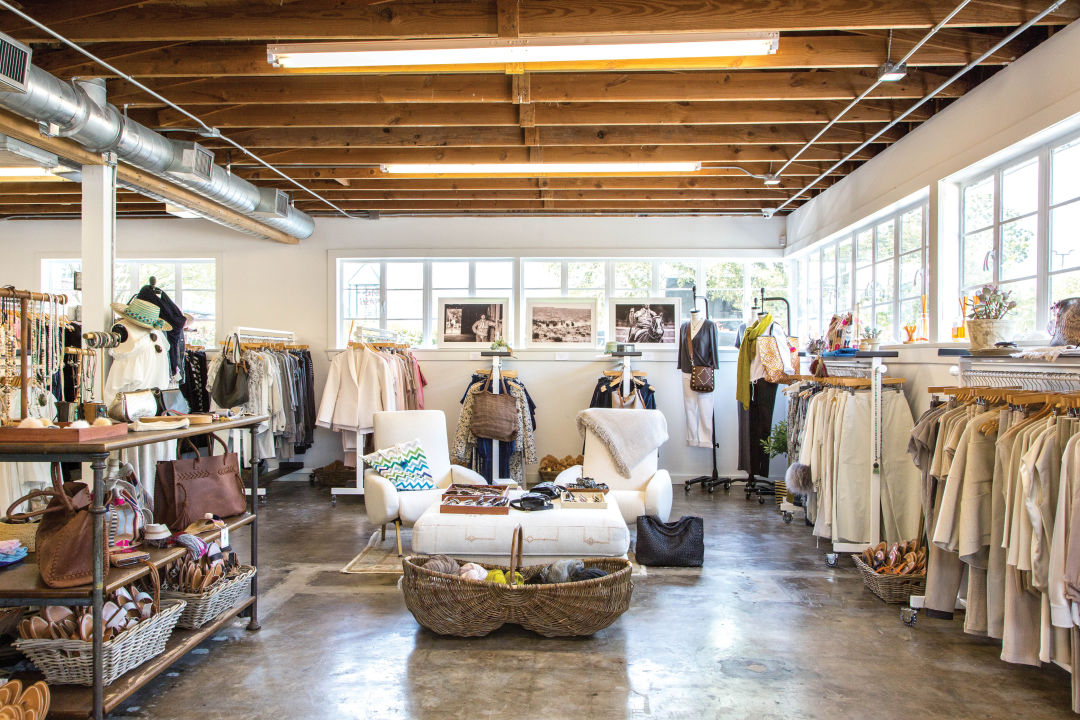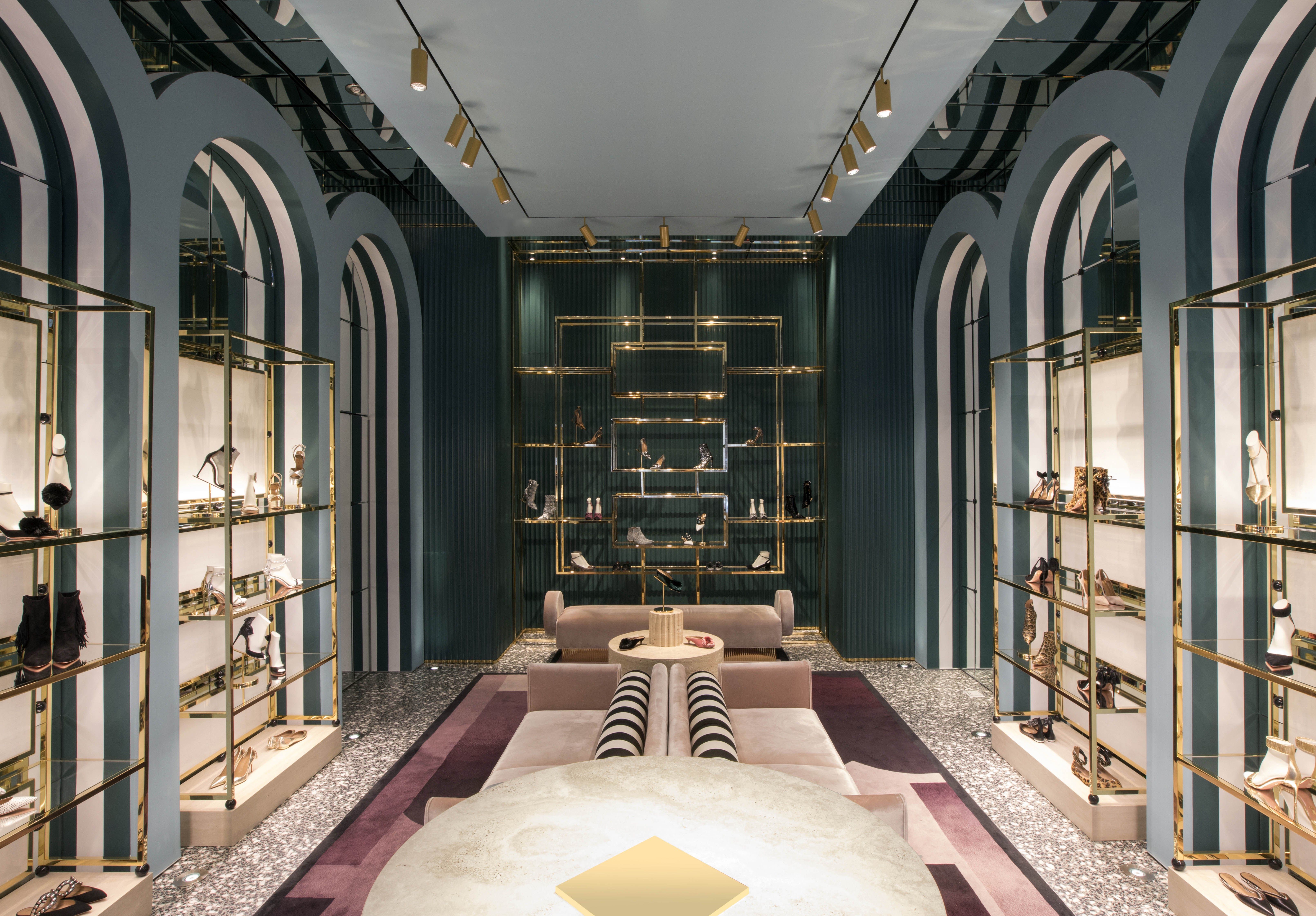Boost Your Wardrobe with Spectacular Boutique Fashion Essentials
Wiki Article
Discovering the Evolution and Influence of Apparel on Modern Style Trends
The advancement of apparel has actually considerably affected modern fashion fads, combining historical precedents with cutting-edge developments. Renowned numbers like Coco Chanel and Yves Saint Laurent reinvented the fashion industry by introducing concepts that focus on comfort and ease of access, which continue to resonate today.Historical Fashion Influencers
In the tapestry of fashion history, specific figures have left an indelible mark, shaping the trends and styles that define whole ages. Coco Chanel, a revolutionary developer, redefined females's style by presenting comfy, stylish clothes that departed from restrictive bodices. Her iconic Chanel suit and little black outfit have actually come to be ageless staples in closets worldwide. In A Similar Way, Christian Dior's post-war "Make over" in 1947, with its celebration of femininity via complete skirts and cinched midsections, noted a go back to luxury and has actually proceeded to influence designers.Elsa Schiaparelli is an additional crucial figure, renowned for her avant-garde designs that integrated surrealist art, collaborating with Salvador Dalí to produce whimsical pieces that tested traditional aesthetic appeals. Her innovative usage of color and strong patterns reverberates in contemporary style. Yves Saint Laurent, meanwhile, democratized high style with prêt-à-porter collections, bringing path styles to the masses and establishing a precedent for contemporary ready-to-wear lines.
These dreamers, to name a few, not only changed fashion in their times but likewise set sustaining patterns that resonate in today's fashion sector, offering a foundation whereupon modern-day designers proceed to innovate and build. Their traditions highlight the relevance of creativity and daring in fashion's ever-evolving story.
Technical Advancements in Fashion
In the middle of the dynamic landscape of the fashion business, technical improvements stand at the center of innovation, reshaping how designers create and consumers involve with style. The integration of 3D printing has revolutionized design processes, enabling designers to try out complex structures and sustainable materials that were previously inconceivable. This technology facilitates rapid prototyping, decreasing waste and accelerating manufacturing times.
Smart textiles, embedding technology right into fabrics, are also transforming the sector. Advancements like self-cleaning and temperature-regulating fabrics use enhanced performance and convenience. Wearable technology, integrating attributes like physical fitness monitoring and interaction, adds a new measurement to style, merging looks with practicality.
Social Changes and Design
As technological developments remain to reshape the apparel industry, social changes are just as significant, redefining design and consumer preferences. In the last few years, the rise of social media platforms has actually increased the circulation of international style fads, permitting varied social impacts to exist together and assemble. This digital interconnectivity has assisted in the fast exchange of ideas, resulting in a much more eclectic and inclusive analysis of design that mirrors the complex nature of modern-day anchor culture.Cultural understanding and gratitude have motivated developers to draw inspiration from a broader range of historical basics and ethnic contexts, integrating traditional concepts with contemporary looks. This combination has resulted in style that resonates with a wider target market, promoting a sense of identification and belonging throughout different demographics. Additionally, the raising demand for personalization has actually driven brand names to use adjustable options, making it possible for customers to express individuality while reflecting their social heritage.
Additionally, changing societal worths have actually affected fashion, with inclusivity and diversity coming to be main styles. The market has started to embrace versions and influencers of numerous type of body, ethnicities, and sex identifications, difficult traditional beauty standards. This makeover highlights the power of social shifts in forming the future of style, as style becomes an extra authentic expression of cumulative and personal identification.
Sustainability and Modern Design
While the garment industry remains to progress, the essential for sustainability has actually ended up being progressively immediate, influencing contemporary layout practices. This shift aims to attend to ecological concerns and moral factors to consider, resulting in a reevaluation of traditional manufacturing approaches. Designers are now integrating sustainable materials, such as natural cotton, recycled polyester, and naturally degradable materials, right into their collections, reducing the environmental footprint of style. The increase of slow-moving style, which emphasizes high quality over quantity, motivates customers to buy classic items instead than transient patterns.In addition, modern-day layout is identified by its technology in minimizing waste and advertising circularity. Strategies such as zero-waste pattern cutting and 3D knitting are obtaining grip, enabling designers to create garments with minimal fabric wastefulness. In addition, brand names are taking on transparent supply chains, ensuring accountability and promoting consumer trust. This technique not just alleviates environmental impact yet additionally enhances the social responsibility of style homes.

Future Trends in Style

Sustainability will certainly proceed to be a driving pressure in shaping future fashion patterns. The sector is progressively taking on eco-friendly materials and ethical manufacturing approaches, reacting to an expanding customer demand for accountable practices. Innovations such as bio-fabricated materials and closed-loop recycling systems are readied to redefine exactly how apparel is generated and taken in, lowering ecological effect while preserving style and top quality.
Social shifts, consisting of the surge of inclusivity and diversity, will certainly likewise play a pivotal function. As society becomes much more knowledgeable about social issues, fashion is anticipated to become a platform for expression and modification. Designers will likely focus on creating collections that mirror a wider series of experiences and identities, promoting depiction and availability.
Verdict
The advancement of clothing significantly impacts modern fashion patterns, where historic influences combine with contemporary designs. This continuous development emphasizes style's function as a mirror to social worths and technological advancement, recommending a future rich with development and inclusivity.The development of clothing has significantly influenced contemporary style fads, combining historic criteria with advanced technologies.Amidst the dynamic landscape of the style sector, technological innovations stand at the center of development, reshaping how developers produce and consumers engage with fashion.While the style sector continues to develop, the essential for sustainability has actually ended up being progressively immediate, influencing modern-day style methods. As sustainability becomes ingrained in modern-day layout, it leads the way for an extra accountable and aware fashion market.
The evolution of clothing considerably influences contemporary fashion patterns, where historical impacts merge with modern designs.
Report this wiki page